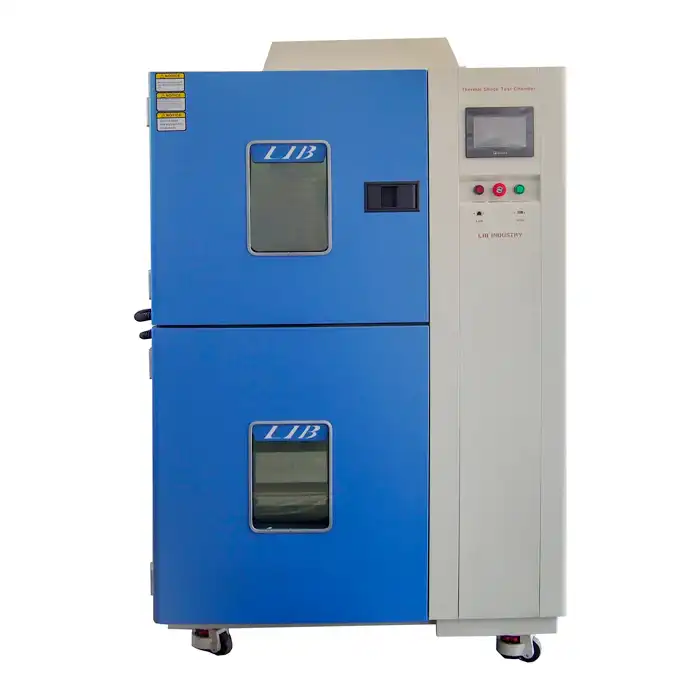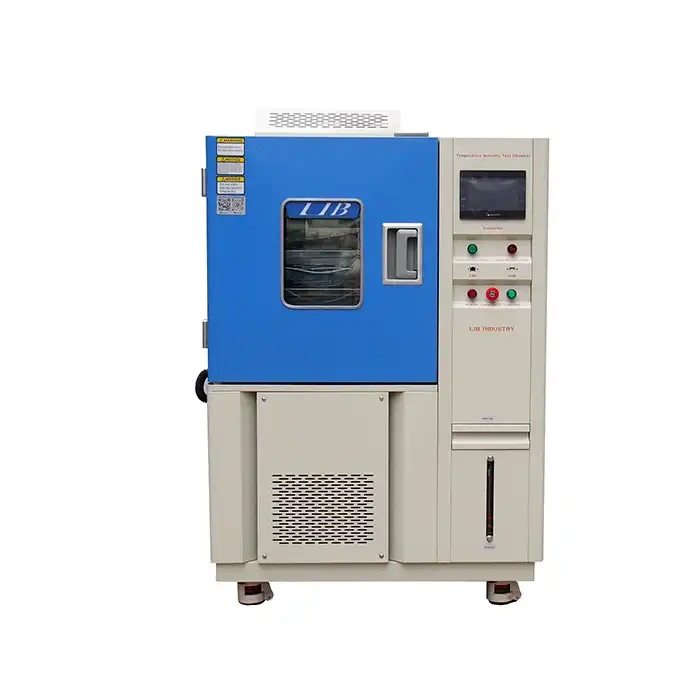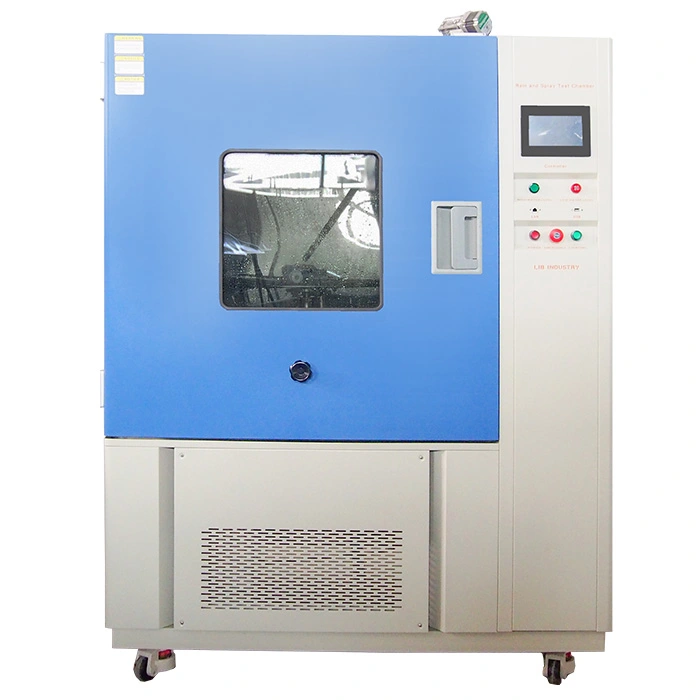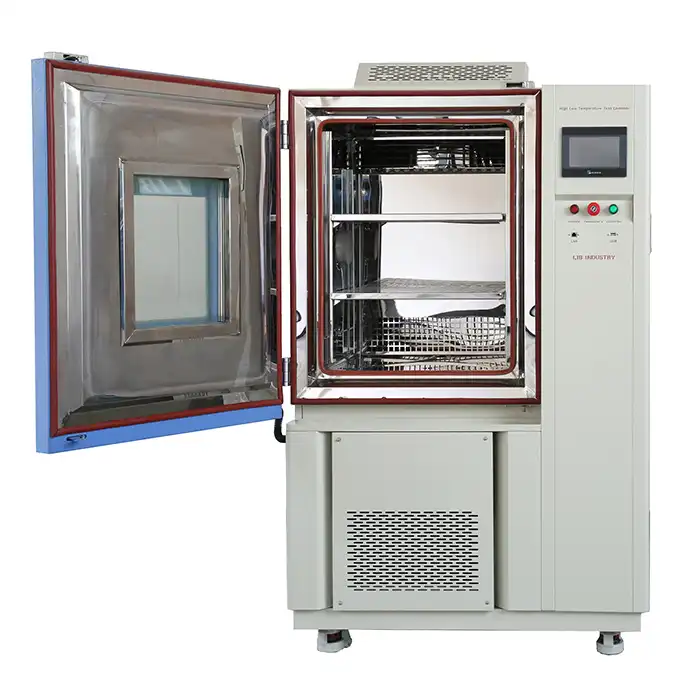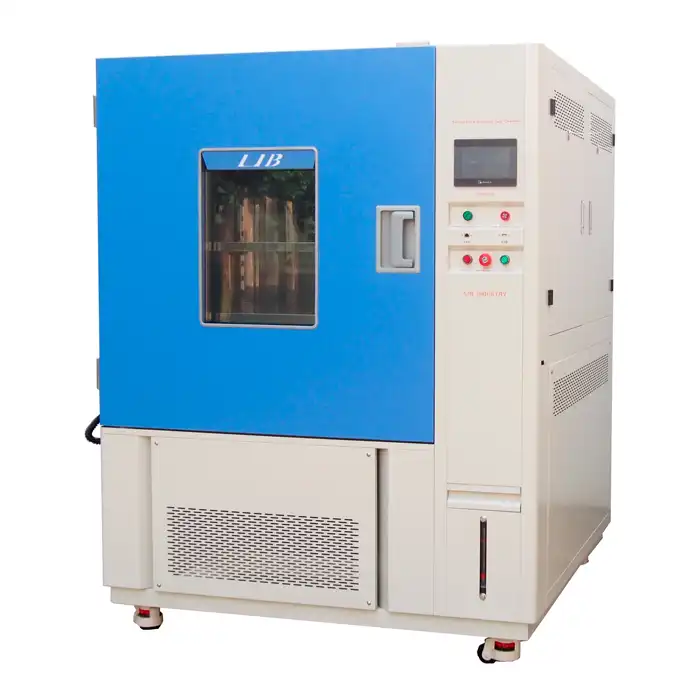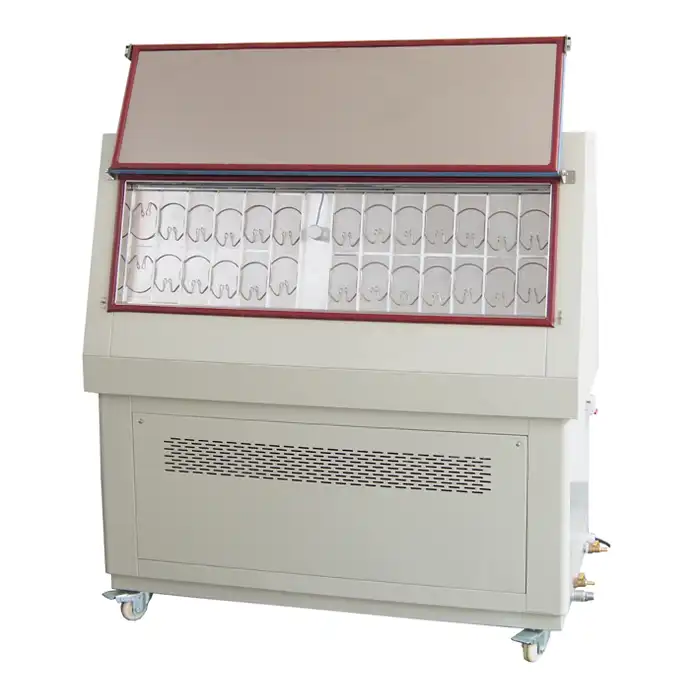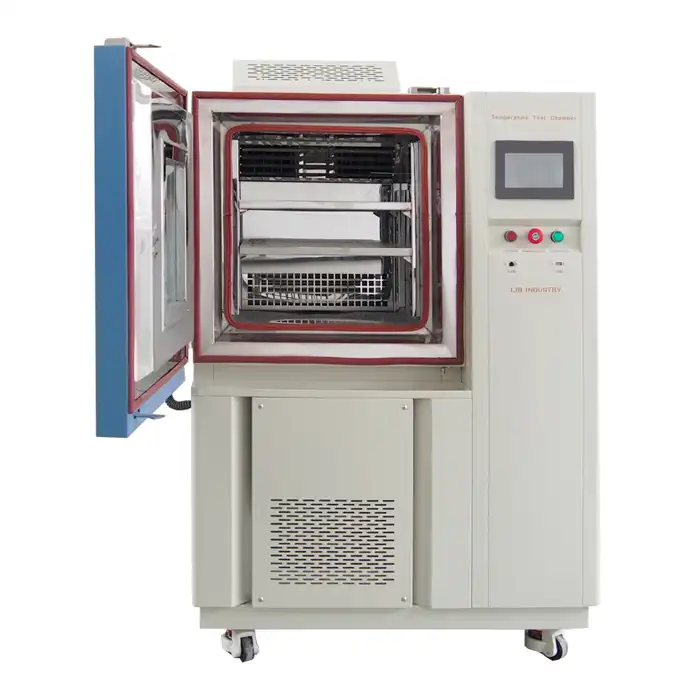Exploring the Capabilities of PV Module Environmental Testing Chambers
As the solar energy industry continues to expand, so does the need for reliable testing solutions to ensure the durability and efficiency of photovoltaic (PV) modules. One vital aspect of this process is the use of environmental testing chambers for PV modules, which simulate various environmental conditions to test the performance and longevity of these energy-generating devices.
Precision Temperature Control: Simulating Diverse Climatic Conditions for PV Modules
Temperature plays a pivotal role in the performance and lifespan of PV modules. With precision temperature control, environmental testing chambers can simulate a wide range of climatic conditions, from extreme heat to freezing cold. This capability is crucial for manufacturers aiming to assess how their PV modules will perform in different global regions, from scorching deserts to chilly alpine environments.
For example, in regions where temperatures can soar above 40°C, the efficiency of PV modules can decrease due to heat stress. Similarly, in colder climates, modules may experience issues such as microcracking due to thermal expansion and contraction. By simulating these conditions in a controlled environment, manufacturers can identify potential weaknesses and make the necessary adjustments to improve module durability and performance.
In some tests, temperature variations can range from -70°C to +150°C, ensuring that the PV modules can withstand the temperature extremes they might encounter in real-world applications. This kind of testing is essential for ensuring long-term reliability.
Humidity Testing: Assessing the Impact of Moisture on PV Module Integrity
Humidity is another environmental factor that can significantly affect the structural integrity of PV modules. High levels of moisture can lead to issues such as corrosion of metal components, delamination of module layers, and degradation of materials used in module construction. Environmental testing chamber for PV module equipped with precise humidity control systems allow manufacturers to simulate prolonged exposure to humid conditions.
In regions with high humidity - such as tropical climates - PV modules are exposed to moisture for extended periods, which can negatively impact their performance over time. By subjecting PV modules to humidity testing, manufacturers can evaluate how well the modules resist moisture ingress and whether they maintain their integrity over time.
Tests for humidity can involve relative humidity levels ranging from 10% to 98%, providing a comprehensive understanding of how moisture affects PV modules. The data gathered from these tests is invaluable in improving the design and materials used in PV modules for better moisture resistance.
UV Radiation Testing: Assessing Long-Term Material Durability
UV radiation is a constant challenge for PV modules exposed to the sun. Over time, UV radiation can degrade the materials used in PV modules, leading to discoloration, loss of efficiency, and potential structural failure. Environmental testing chambers simulate long-term exposure to UV radiation, helping manufacturers assess the durability of module materials under these conditions.
One common test involves exposing PV modules to UV radiation equivalent to several years of sunlight exposure in just a few weeks. This accelerated testing method allows manufacturers to gather critical data on how well the materials used in PV modules resist UV-induced degradation, ensuring that the modules will perform at their peak for many years.
By identifying materials that can withstand UV radiation without significant degradation, manufacturers can design PV modules that offer greater durability and longevity, even in regions with intense sunlight exposure.
Cyclic Testing: Replicating Real-World Temperature and Humidity Fluctuations
In the real world, PV modules are exposed to daily and seasonal temperature and humidity fluctuations, which can cause stress on the materials and components. Cyclic testing in environmental testing chamber for PV module replicates these dynamic conditions, alternating between high and low temperatures and humidity levels to assess how well PV modules can endure these changes.
For instance, during a typical day, a PV module might experience significant temperature differences between morning and afternoon, as well as varying humidity levels. Over time, these fluctuations can lead to thermal and mechanical fatigue, potentially compromising the module's structural integrity. Cyclic testing helps manufacturers predict how these fluctuations will affect the long-term performance of their modules.
Through cyclic testing, manufacturers can identify potential failure points, such as delamination or microcracking, and take steps to enhance their PV module designs for better resistance to environmental stress.
LIB Environmental Testing Chamber For PV Module
LIB Industry offers a comprehensive range of environmental testing chambers for PV modules, designed to meet the highest standards of performance and reliability. These chambers provide a turnkey solution for manufacturers, covering everything from research and design to commissioning and installation. Some key advantages of LIB's environmental testing chamber for PV module include:
- Wide temperature and humidity range: With the ability to simulate extreme conditions, LIB chambers can replicate any climate, from arid deserts to humid tropical environments.
- Customizable testing procedures: LIB's chambers are designed to meet specific customer requirements, allowing for tailored testing solutions.
- Energy-efficient designs: These chambers are built with energy-saving technology, reducing operational costs while maintaining precise testing conditions.
- Comprehensive support: LIB offers full after-sales service, including installation, training, and maintenance, ensuring that customers get the most out of their testing equipment.
To learn more about LIB Industry's environmental testing chambers for PV modules or to discuss specific testing requirements, feel free to contact us at ellen@lib-industry.com.
References
1. Stokes, M. R., & Miller, R. W. (2021). "Photovoltaic Module Durability and Testing Standards." Journal of Energy Research.
2. Johansson, P., & Sandberg, J. (2020). "Temperature and Humidity Effects on Photovoltaic Modules in Extreme Climates." Renewable Energy Insights.
3. Zhang, L., & Liu, C. (2022). "UV Radiation Testing for Solar Energy Systems: A Comprehensive Review." Solar Energy Materials and Testing.
4. Li, Q., & Wang, G. (2023). "Cyclic Environmental Testing Methods for Long-Term Solar Module Reliability." International Journal of Solar Energy Research.



